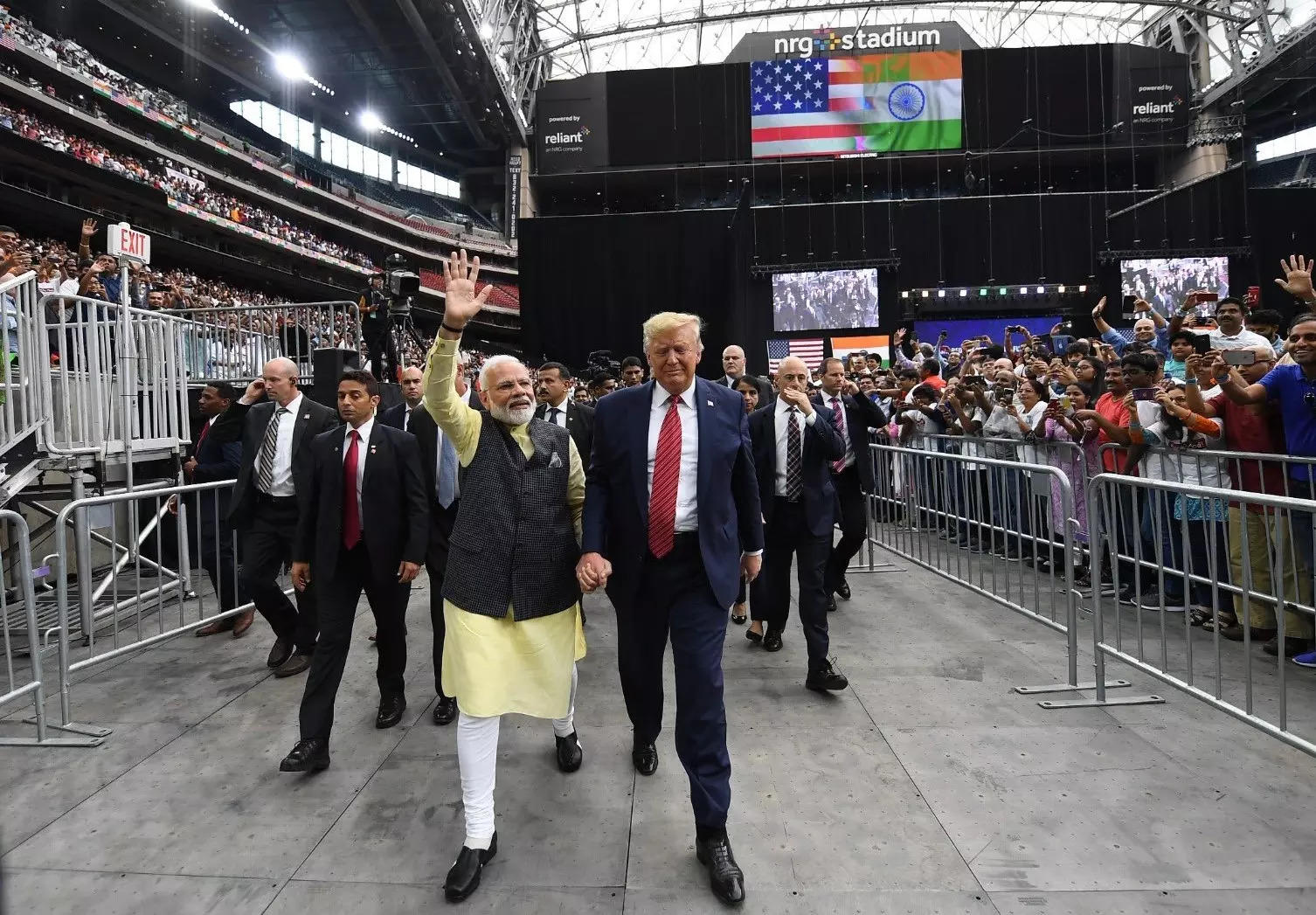
A change of guard took place as President Donald J. Trump returned to the Oval Office on January 20th. While the winter winds sync with the political winds of change, there is one thing that we can be unequivocally confident about- the U.S.-India partnership is continuing on an upward trajectory.
One person who has worked tirelessly on this relationship is Jake Sullivan, the now former National Security Advisor (NSA). In the last week of the Biden administration, the Board of Directors at the U.S.-India Strategic Partnership Forum (USISPF) was privileged to hear from him on his shared vision of the strategic partnership and handing over of the India account to his successor, now NSA Mike Waltz.
While there was once historical friction that clouded the U.S.-India ties, particularly in the 1990s when disputes over India’s nuclear program strained relations, the Civil Nuclear Deal marked a turning point, symbolizing a willingness to move beyond past grievances. The subsequent de-listing of technology restrictions has effectively closed an old chapter and opened a new era of trust and cooperation.
The future lies in not just technology transfer but also cooperation in new areas of innovation, strategic alignment, and mutual trust to keep our economies agile to new changes and to face the pernicious threats of the 21st century.
The relationship has catalyzed a shift from transactional interactions to a relationship of strategic significance. In the past four years, President Biden, like his predecessors and now his successor, has prioritized this partnership, reflecting its centrality to the global geopolitical and economic landscape.
At the heart of the U.S.-India technological collaboration lies the Initiative on Critical and Emerging Technologies (iCET). Described by both countries’ National Security Advisors (NSA) as the “engine room” of the bilateral relationship, iCET represents a transformative framework for cooperation in semiconductors, artificial intelligence, space exploration, biotechnology, and defense innovation. What sets iCET apart is its industry-driven approach, which addresses obstacles like export controls and technology sharing through targeted proposals.
By fostering a trusted technology ecosystem, iCET ensures that India is not merely seen as a manufacturer but as a hub for research, innovation, and development. Institutional continuity and a commitment to innovation are critical to sustaining this momentum. At the same time, it remains to be seen how the Trump administration and future administrations may rebrand iCET, the underlying purpose remains—to build a robust and resilient technological partnership—that will endure.
Artificial intelligence (AI) is a cornerstone of the U.S.-India collaboration, with far-reaching implications for security and economic growth. In the realm of security, AI-driven solutions are being jointly developed to enhance domain awareness, counter cybersecurity threats, and ensure the resilience of critical infrastructure.
The U.S.-India defense partnership has grown stronger in the wake of challenges like the Galwan Valley clash in 2020. Enhanced domain awareness and intelligence-sharing have positioned the U.S. as a key ally in countering Chinese territorial aggression. India’s national security establishment values this support, underscoring the strategic alignment between the two nations.
Economically, AI partnerships aim to boost productivity, foster innovation, and create new market opportunities in all sectors, particularly healthcare, finance, and manufacturing. By leveraging their strengths, the U.S. and India are setting the groundwork for AI ecosystems that prioritize ethical standards and shared prosperity for all.
Within the first week of his second term, President Trump announced the Stargate Project. The new company will be laser-focused on AI and will invest nearly $500 billion in AI infrastructure across the U.S. and is said to create over 100,000 jobs.
The Stargate project will be backed by tech giants such as Oracle, SoftBank, and OpenAI. This initiative will leverage Indian tech talent in the U.S. and a chance for India to deepen its AI partnership with the U.S., co-developing state-of-the-art technologies. As Finance Minister Nirmala Sitharaman recently unveiled in the 2025-26 Budget, the government would invest in a new Centre of Excellence for Artificial Intelligence (AI) for education.
Solving regulatory and infrastructural challenges should remain a priority for both nations. These include resolving export controls, AI infrastructure, and technology security issues. Collaborative engagement with industry stakeholders is vital to overcoming these obstacles. India’s potential as a hub for technology companies and data centers is immense, and former NSA Sullivan‘s optimism about ironing out regulatory hurdles reflects a shared commitment to this vision.
A central theme was India’s pivotal role in the global research and development ecosystem. By leveraging collective expertise, the U.S. and India are well-positioned to drive technological advancements across sectors. Joint strategies for supply chain resilience in advanced technologies and biotechnology highlight the forward-looking nature of this collaboration.
Avenues for deeper tech collaboration are well-evinced in multilateral forums such as the Quad, which has undergone significant elevation across successive U.S. administrations. Initiated during President George W. Bush’s tenure, elevated by President Trump, and carried forward by President Biden. The Quad underscores the shared commitment of the U.S., India, Japan, and Australia to a free and open Indo-Pacific, and one element of that remains through technology sharing and cooperation between Tokyo, Canberra, Washington, and New Delhi.
In USISPF’s interaction with Team Trump, it is clear that Washington, D.C., is confident about IMEC’s continuity and its strategic importance for fostering regional connectivity and economic integration.
The U.S.-India partnership is at an inflection point. Guided by frameworks like iCET and initiatives like Quad and IMEC, this collaboration is poised to shape the trajectory of global technology and economic trends. The historical hesitations have long passed, and now we are embracing a shared vision for a better and more secure future—a future of mutual growth, resilience, and opportunity. This relationship is not just about the present but about building the foundation for future generations.
(The author is President & CEO of USISPF; Views expressed are personal)


